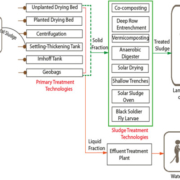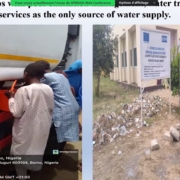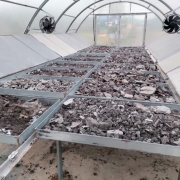Technology Options for Faecal Sludge Management in Developing Countries: Benefits and Revenue from Reuse
Abstract
This article provides technology options for the treatment of Faecal Sludge (FS) in developing countries to minimize exposure to FS and assesses its benefits along with possible revenue generation from reuse. FS that is collected from septic tanks poses management challenges in urban areas of developing countries.
Currently, FS is dumped into the urban and peri-urban environment, posing great risks to the soil, surface water and groundwater quality. FS treatment technology usually consists of (1) primary treatment for the separation of the solid and liquid parts, and (2) sludge treatment, which is the final stage of treatment that is generated from the primary treatment.
A decision matrix was prepared on the basis of primary and sludge treatment technological options with respect to land requirement, energy requirement, skill requirement, capital cost (CAPEX), operating cost (OPEX) and groundwater level.
These parameters strongly influence the decision-making about the selection of the FS treatment technology.
The selection of a FS treatment technology for a city also depends on the local conditions and priorities of the region with regard to sanitation such as population coverage, environmental and health benefits, elimination of open defecation, etc.
Cost benefit analyses on different combinations of primary and sludge treatment technologies were conducted to analyse its techno-economic feasibility.
The analysis was conducted across different classes of cities with varying population size.
The combination of primary treatment technologies with lime stabilization sludge treatment technology emerged to be the most economically viable options for FS treatments across different population size in developing countries.
Keywords: Sanitation, Faecal Sludge, Technology, Decision Matrix, Benefits, Cost and Revenue

 AFWASA
AFWASA AAEA
AAEA

